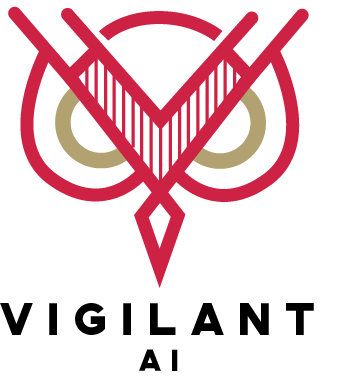Today’s business environment is more complex than ever. Auditors are under increasing pressure to perform complete, accurate, and independent financial audits against an ever increasing amount of financial data, and continuing tight delivery timelines.
As the amount of data available to auditors increases each year, traditional approaches to data management and review simply cannot keep up. The manual, repetitive tasks needed to capture, verify, and organize financial data increase costs and impact audit quality.
Instead of relying on multiple tools at each stage of the audit process to review different types of data, auditors need a holistic approach to data management and analysis. By reducing the time and effort needed to prepare the data, auditors can spend more time testing the legitimacy of transactions.
The Need for Better Audit Technology
Data is being created at a faster rate every year. It’s projected that there will be 181 zettabytes of data by 2025, up from 64.2 zettabytes in 2020. A zettabyte, for context, is 1 trillion gigabytes. While not all of this is financial data, it demonstrates just how challenging it is for auditors to effectively identify risk within a fixed audit time frame.
Take, for example, a seemingly simple transaction associated with the delivery of goods to a warehouse. To effectively test its legitimacy, auditors need to review multiple documents ranging from purchase orders and invoices for each product to delivery schedules, internal policies, shipping and receiving records, and the legal agreements governing the relationship.
Multiply that by every individual transaction and add in multiple languages, jurisdictions, business units, and subsidiaries, and it quickly becomes impossible for an auditor to go through it all.
At the same time, staffing shortages mean auditors are operating with open positions. A recent Wall Street Journal article found that more than 300,000 US accountants and auditors left their jobs in the past two years, with many moving to another field. A separate US survey found that there were 7.4 percent fewer accounting graduates in 2021-2022 compared to the previous academic year, suggesting that fewer new accountants are coming to take these roles.
The Limitations of Existing Solutions
Given these challenges, many audit firms are turning to technology to enhance risk analysis and ensure the completeness of the audit.
However, many of these existing tools are designed for a specific phase of the audit process. There’s one platform to collect data, another to conduct analysis, a third to identify risk, and a further platform to create reports.
The result is multiple platforms that operate independently from each other, adding to the burden on both the auditor and the client. And, in most cases, these platforms focus solely on structured financial data while leaving out the unstructured supporting information that is critical to a successful audit.
Download A Holistic Approach to Data Management
Introducing a Holistic Approach to Data Management and Analysis
The need for a better approach can be summarized with a simple question – “Why can’t this all be done on one platform?”
Rather than relying on multiple tools and manual processes, financial auditors can turn to a holistic approach that brings all the company’s structured and unstructured financial data into a single, comprehensive solution.
The platform gathers the data, links all available documentation to every accounting entry under review, automatically pinpoints potential areas of risk, and enables auditors to quickly test and confirm the legitimacy of those entries.
By simplifying the data management process and automating the initial review, the solution makes it easier and faster to identify discrepancies. Auditors can then spend more time on the part of the audit that matters, the testing phase, to provide a more complete financial audit.
Enabling a Better Client Experience
Clients have historically viewed audits as a necessary evil. They have to be done, but ideally at the lowest cost and with minimal disruptions to their day-to-day operations.
That’s because audits tend to place a huge burden on the client. They are the ones who need to collect and sort through the data, provide it to the auditor, and deal with subsequent requests for more information.
And this holistic approach can also be used for ongoing financial analysis. The platform is a fully contextualized data lake of their financial data which can be used by the client’s internal audit time to conduct ongoing risk assessments, optimize business processes, and improve strategic decision-making.
Instead of being a necessary evil, clients can turn the work to prepare for an audit into real value for their business going forward.
Overcoming the Challenges of Today’s Business Environment
Auditors are being asked to do better under increasingly difficult conditions. The rapid rate of data creation, tight audit timelines, and a shortage of accounting staff mean that audit firms must find new ways to collect, organize, and review data to test financial transactions.
A holistic approach to data management for audit and financial analysis allows the auditor to spend less time before the audit takes place and more time testing potential areas of risk.
By bringing both the structured and unstructured data into a single platform, audit firms can better allocate scarce resources, reduce labour costs, increase margins, and deliver an accurate, complete, and independent audit to the client.
Discover the future of financial auditing: Start your free trial today and let Vigilant AI show you the difference with one month’s worth of your data, no commitment required. Contact us today.



Recent Comments